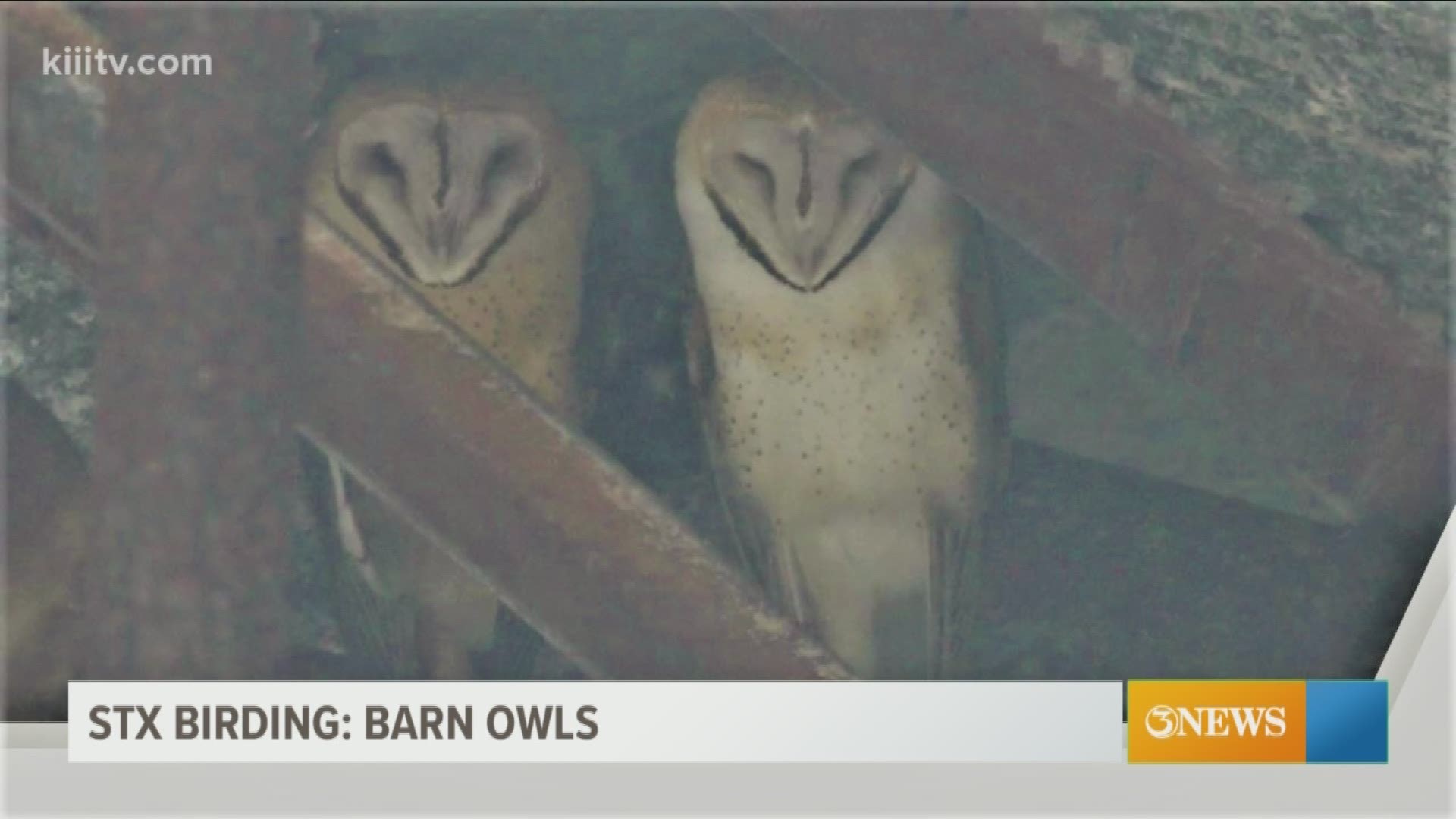CORPUS CHRISTI, Texas — Have you ever wondered what that large bird is nesting in your deer blind? Hunting season has started and you may come face to face with a Barn Owl who has taken up residence in your blind. Andrew Orgill and Rylee Gonzales joined us Saturday morning Amos Rehabilitation Keep
Barn Owls can be found in every continent except Antarctica. They are the most widespread of owl species. They favor areas of open country. They often nest and roost in manmade structures, which is where they are often encountered.
Prevention is the key. Properly sealing up blinds after the hunting season will prevent the issue. Barn Owls nest year-round so there is no given period as to when one may move in. If one does move in, the Migratory Bird Act protects Barn Owls, so disturbing their eggs or nests is illegal, so that important for people to know.
By six weeks, they are fully grown to adult size. At nine weeks of age, they will be fledging the nest, but still return until about twelve to thirteen weeks until they are completely independent receiving no help in hunting from the mother.
Barn Owls eat a wide variety of prey items, mostly terrestrial animals, but occasionally birds and bats. Rodents make up the majority of the diet. Barn Owls are however in danger from rodenticides from eating these rats. Barn Owls have a high metabolism requiring more food than similarly sized owls of other species. This means that a Barn Owl will do a better job at keeping down a rodent population than the rodenticide does, which will hurt the animals making up the entire food chain. If the owl dies from ingesting rodenticide, there may actually be an increase in the number of rats.
We would like to thank the University of Texas Marine Science Institute and the Coastal Bend Audubon Society for putting this segment together each month.
More from 3News on KIIITV.com:

